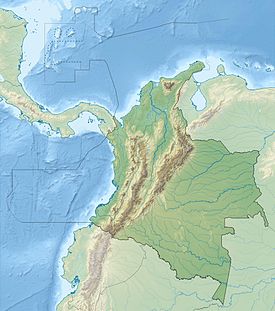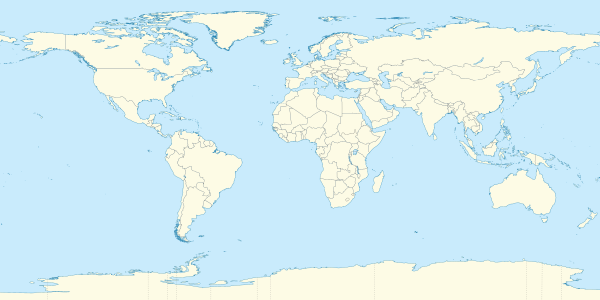Despite the deforestation that takes place around the world, there are still plenty of incredible forests to enjoy. From Canada to Poland, some of the best sights to check out are the local trees. It doesn’t matter whether the forest is large or small. Amazing beauty can be contained in just a few special trees. Take a look at the list of most beautiful forests in the world.


1. Crooked Forest, Poland

Poland has a very interesting forest made up entirely of crooked pine trees. While a few trees growing in an odd fashion might have a reasonable explanation, all of the pine trees in the Crooked Forest are crooked in the same way. The entire forest is made up of only 400 or so trees, but it has been around since the 1930’s. Theories abound as to what caused the odd bends, but one suggests that tanks rolled over the trees during the war.
2. Amazon Rainforest, South America

No one can hear the word ‘rainforest’ without thinking of the Amazon. The jungle is so massive that it spreads over nine different countries and covers a total of 5,500,000 square kilometers. Despite deforestation problems throughout its history, the Amazon rainforest still makes up more than half of the world’s rainforests.
3. Juizhaigou Valley, China

Jiuzhaigou Valley is known as the valley of nine villages and is a popular destination thanks to its brightly colored lakes and amazing waterfalls. The land around the unique lakes and falls is covered in thick forest. The trees grow over a wide range of altitudes, from around 2,000 meters above sea level to about 4,500 meters above sea level. The area was declared a World Heritage Site in 1992, which will help preserve the forest in the future.
4. Coconino National Forest, the United States

Located in Arizona, the Coconino National Forest is a high elevation forest, with trees growing along mountains at up to 12,000 feet. The majority of the trees are either aspen or Ponderosa pines, making a beautiful mix of foliage. The Coconino is so named because it runs over the Mogollon and Coconino plateaus. For anyone who enjoys hiking, there are plenty of interesting trails to explore in the area.
5. The Great Bear Rainforest, Canada and the United States

When you think of rainforests, you probably think south of the border, rather than north. The Great Bear Rainforest is one of the largest intact temperate rainforests remaining anywhere and it stretches from British Columbia to Alaska. The forest is home to many species, including grizzly bears, black bears, cougars, salmon and wolves. Flora includes a 1,000 year old Western Red Cedar and a Sitka Spruce that has grown to 90 meters in height.
6. The Black Forest, Germany

You’ve probably eaten Black Forest cake before, but did you know it’s an actual forest in southwest Germany? Also known as Schwarzwald, the Black Forest was named by Romans who found the trees were so thick that they blocked out all but the most stubborn rays of sunlight. The Rhine Valley runs along the west and the south edges of Schwarzwald, marking the borders rather definitely.
7. Tongass National Forest, the United States

Alaska is home to more than one of the beautiful woods on this list. The Tongasscovers 17 million acres, rendering it the largest national forest in the United States. More than one Native Alaskan tribe lives in the trees that form the Tongass. In fact, more than 75,000 people depend on it to make a living.
8. The Inland Rainforest, Canada

The vast majority of this rainforest, located in central British Columbia, is made up of Western Red Cedar. It is one of the rare inland rainforests. The nearest coastal rainforest is almost 1,000 km to the west. Large sections of trees have never been touched and several trees are well over 1,000 years of age.
9. Sherwood Forest, England

Best known for hiding Robin Hood and his Merry Men, Sherwood is a very popular tourist attraction. Thanks to the folk tale of Robin Hood, half a million people show up to see the trees in person every year. It’s a relatively small forest, covering just over 1.5 square miles. At one point, there were more trees, back when the forest was used as a hunting ground for royals.
10. Sagano Bamboo Forest, Japan

Bamboo is such a beautiful plant; it has entire gardens dedicated to it. In the Arashiyama district of Japan, an entire bamboo forest has been planted. More than a dozen varieties of bamboo thrive in this unique forest found west of Kyoto. Don’t think this is a little grove, however. Some of the bamboo plants tower over visitors by up to 100 feet.
People have traveled to see forests for decades. While leaves changing colors might fascinate some, others will find that bamboo and rainforests attract their attention. There is so much beauty in the world and much of it is found beneath the shaded boughs of a tree. Have you ever been to one of these breathtakingly beautiful forests?















